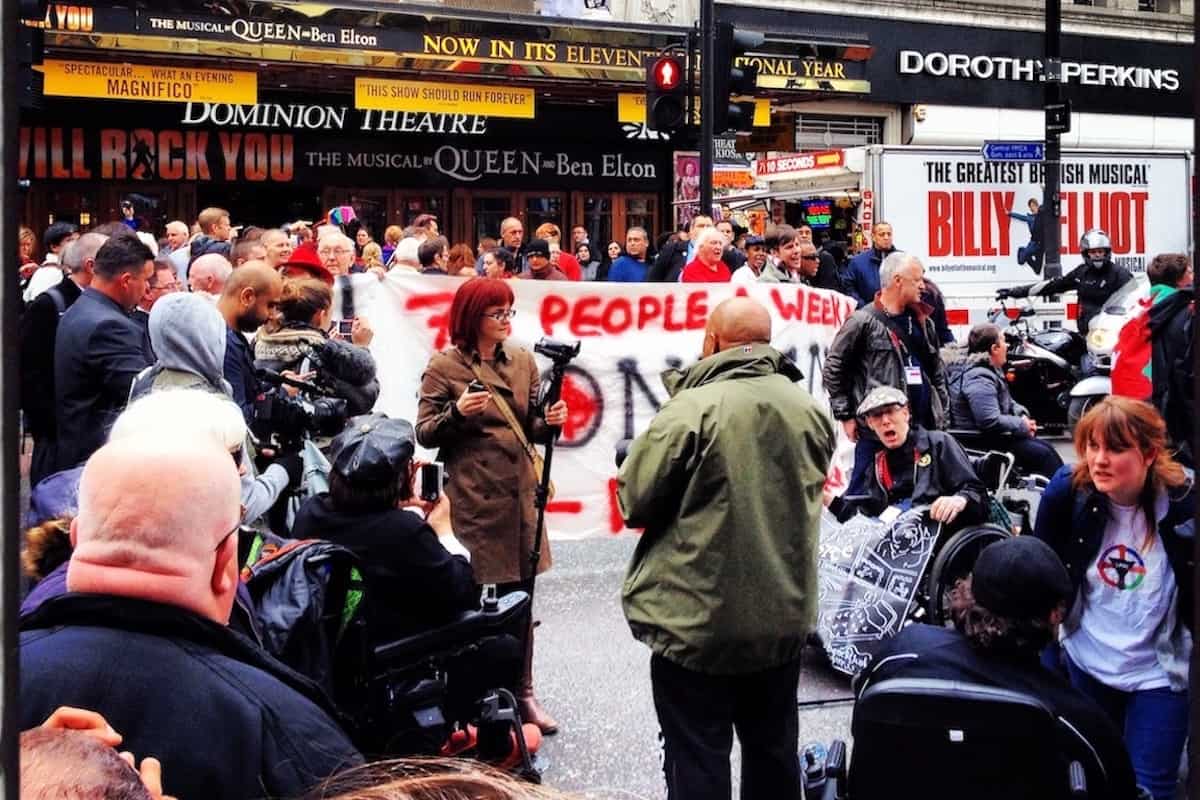Toronto, Ontario, Canada
Toronto, the State capital and University city, lies unfolding on the northern edge of the impossibly large Lake Ontario (with a shoreline some 1146km long, officially one of the five Great Lakes of North America), providing many a tourist with a flight destination and base for that essential day trip to the splendour of Niagara Falls.
The vibe is relaxed, the residents courteous and friendly, with the ethnic mix giving rise to a culturally diverse and relatively cosmopolitan modern city. Famous for the iconic CN tower – at 533m, the world’s tallest freestanding structure, complete with viewing platforms, glass floor panel and cityscape-vista restaurants – Toronto offers visitors upmarket hotels, abundant retail therapy, chic bistros and bars, plus the alternative, slightly edgy, hint-of-Amsterdam-meets-Soho element more evident along parts of Yonge St – one stretch of the 1896km thoroughfare, on record as the longest street in the world.
As for the weather… well, the simplest (semi-serious) description of the Ontario climate states that in Toronto there are effectively only two seasons: Winter and Construction. Why? Temperatures down as low as -4degC/-24deg F, that’s why!
Economic Overview
Adorning the walls inside the former Toronto Stock Exchange building – now home to the National Design Museum – are a pair of Art Moderne murals by the artist Charles Comfort, one at each end of the large column-free trading-floor space that was once alive with the buzz of share-price wheeling and dealing.
The four panels of each mural (along with a frieze to the exterior) depict the principal commercial interests of the region: Pulp & Paper; Agriculture; Mining; Construction & Engineering; Refining; Transportation & Communication; Oil; and Smelting.
That was 1937. Today, whilst still heavily committed in some of the same industrial sectors – Motor Vehicles & Parts represent 36% of exports and 22% of imports – Ontario boasts a GDP on a par with that of a not-so-small European country, in fact placing it on the scale between Belgium and Poland. As a desirable Business Environment, the Economist Intelligence Unit ranked it up alongside Finland, Singapore Denmark & Switzerland, slightly above the US, UK Netherlands & Hong Kong.
By contrast, on the Cost of living Index (devised by Mercer Human Resources), where New York provides the pivotal benchmark score of 100 points, Toronto comes in at a mere 78.8 – considerably easier on the resident’s pocket than those cities towards the top of the list, such as Paris, Tokyo and at the very summit of unaffordability, scoring a staggering 126.3. . . London.
The ongoing transition away from the more labour-intensive manufacturing sector, typical of advanced Western economies, has seen a slight decoupling of late of GDP and employment. In response a CD1.15bn investment in the Next Generation of Jobs Fund looks to stimulate and balance labour growth patterns.
Environment & Green Business Sectors
In the Environment Sector, there is a shift in focus away from end-of-pipe activities to upstream at-source pollution prevention strategies. The sector is promoted as enabling and a solutions provider. Whilst mainstreaming of Sustainability matters has brought market and business consolidation, vertical integration and domino-effect trends in green procurement, much of the sector remains SME-based, with more SMEs constantly arriving to offset the hulking presence of the likes of major players such as GE-Zenon.
In general, the challenge to develop the connectivity in the sector remains the same, with any real change described as needing ‘a paradigm shift’. The key exception is perhaps to be found in the boom over the last three years in the market for Brownfield remediation and development solutions. Greenbelt planning restrictions have sharply accelerated this trend, contributing to a growth scenario reminiscent of the pattern emerging in the UK around a decade ago.
Key Development Case Studies
Case Study 1: The Distillery District
A mixed-use redevelopment project, based around what was once the largest distillery in the British Empire, provides for a hip cultural quarter, an “urban park”, comprising an Arts Centre, high-end galleries and retail destination, plus fashionable bars and eateries.
At a site where the key architectural structures date back to 1832 (the birth year of Toronto itself being only 1792), building conservation – described as “‘adaptive reuse’, with a ‘green twist’“ – has proved pivotal to the plan. With only one building in 47 ultimately unable to be saved from demolition, the success in preserving elements of this historical past is evidenced everywhere, not least thanks to extensive timber re-use and recycling, to create all restaurant furniture and some windows.
Looking ahead, the two new residential towers also proposed for the site feature energy-efficiency principles at the heart of the design concept. In addition, the development team is currently working with Toronto Hydro to design a state-of-the-art District cogeneration plant.
Case Study 2: Toronto Waterfront
The aspirational signature style for the Waterfront scheme as a whole is pretty much exemplified by the choice of presenter for the project’s promotional video: leading poster-boy of the resident intelligentsia, Professor at the University of Toronto and celebrated author of “The Rise of the Creative Class”, Richard Florida.
An ambitious mixed-use vision, described as seeking to develop the ‘best and brightest wellspring of intellectual capital’, the regeneration scheme for Toronto Waterfront champions design excellence, with policies for LEED Gold standard and the mandating of Green Roofs. In addition, its ‘Infrastructure-first’ strategy, has meant that of the CD14bn of public investment already in the pipeline, CD1.5bn is approved for transit alone.
Provision for family-friendly elements such as accessible green space and daycare facilities are set to foster a sustainable community buzz in an urban downtown environment, to help discourage mid-life migration out into the suburbs.
With towards 2000 acres of largely underutilised derelict land at its disposal beside the downtown of Canada’s economic and cultural gateway and a strict policy of ‘No dig and dump’, the Waterfront project promises regeneration and remediation on a huge scale, big budget and long-term strategic basis. The initial development zone alone, the West Don Lands, featuring design to LEED Gold standard and district energy provision, will comprise: 23 acres of parks and public spaces, 25% of precinct, ,6,000 residential housing units, including 1,200 affordable, 750,000sq ft commercial space, an Elementary School, Recreation and two childcare centres – with four phases scheduled for completion in 2010. Later zones and stages of planned development stretch out as far into the future as 2035 and beyond.
Case Study 3: Evergreen Brickworks
If anywhere, Barcelona was suggested as the inspiration for the targeted LEED Platinum-level transformation of the 41-acre Don Valley Brick Works industrial-heritage site to create Evergreen Brickworks, due to open to the public in full in 2010. A social enterprise that will become home to the National Centre for Green Cities, Evergreen will function as a hub for city greening, with a market garden at its core, run by a staff of 50 (assisted by some 50 volunteers). With matters at the early-doors stage at present, the sheer scale of the development aspiration is in many ways as daunting as the pure strength of the commitment to green building and sustainable lifestyles is admirable,
Footnote
Editor Jim McClelland travelled to Toronto as a guest of The Ministry of Economic Development and Trade, at the Government of Ontario, whom he would very much like to thank for their warm hospitality.
All flight travel was carbon offset.






